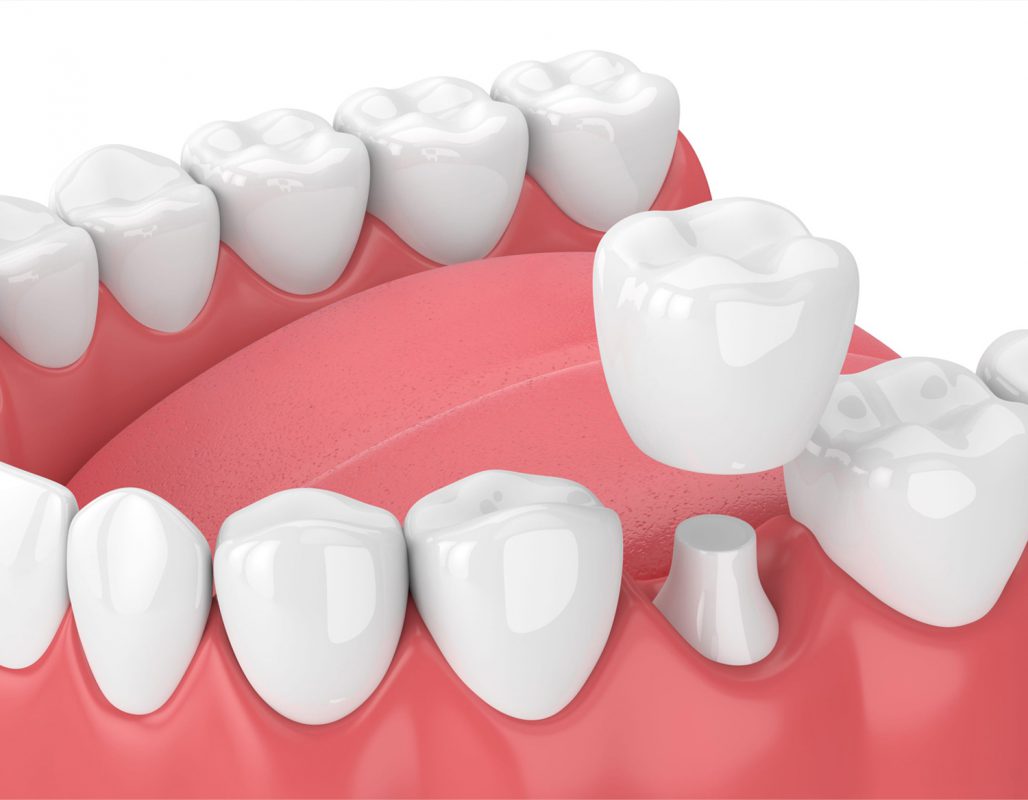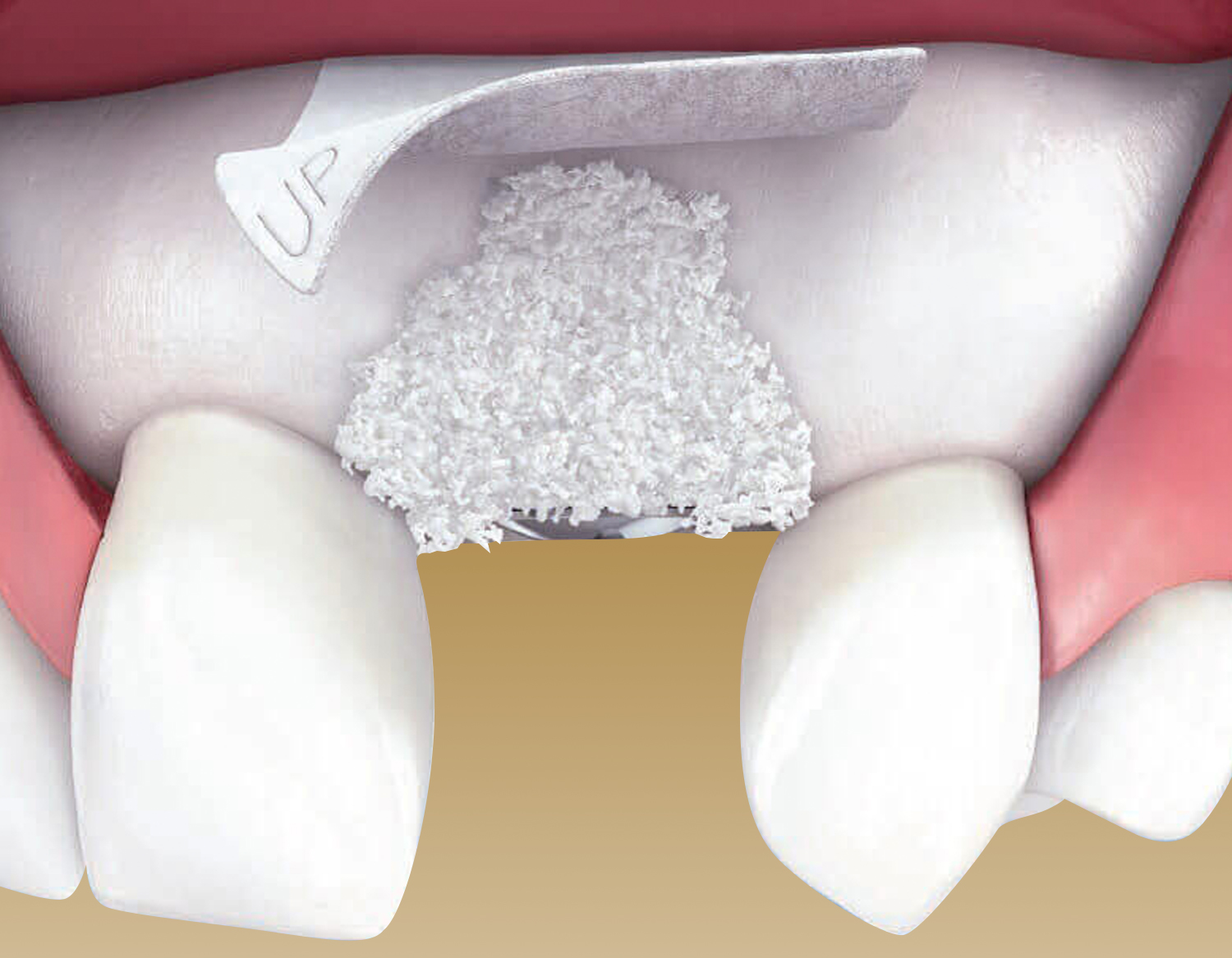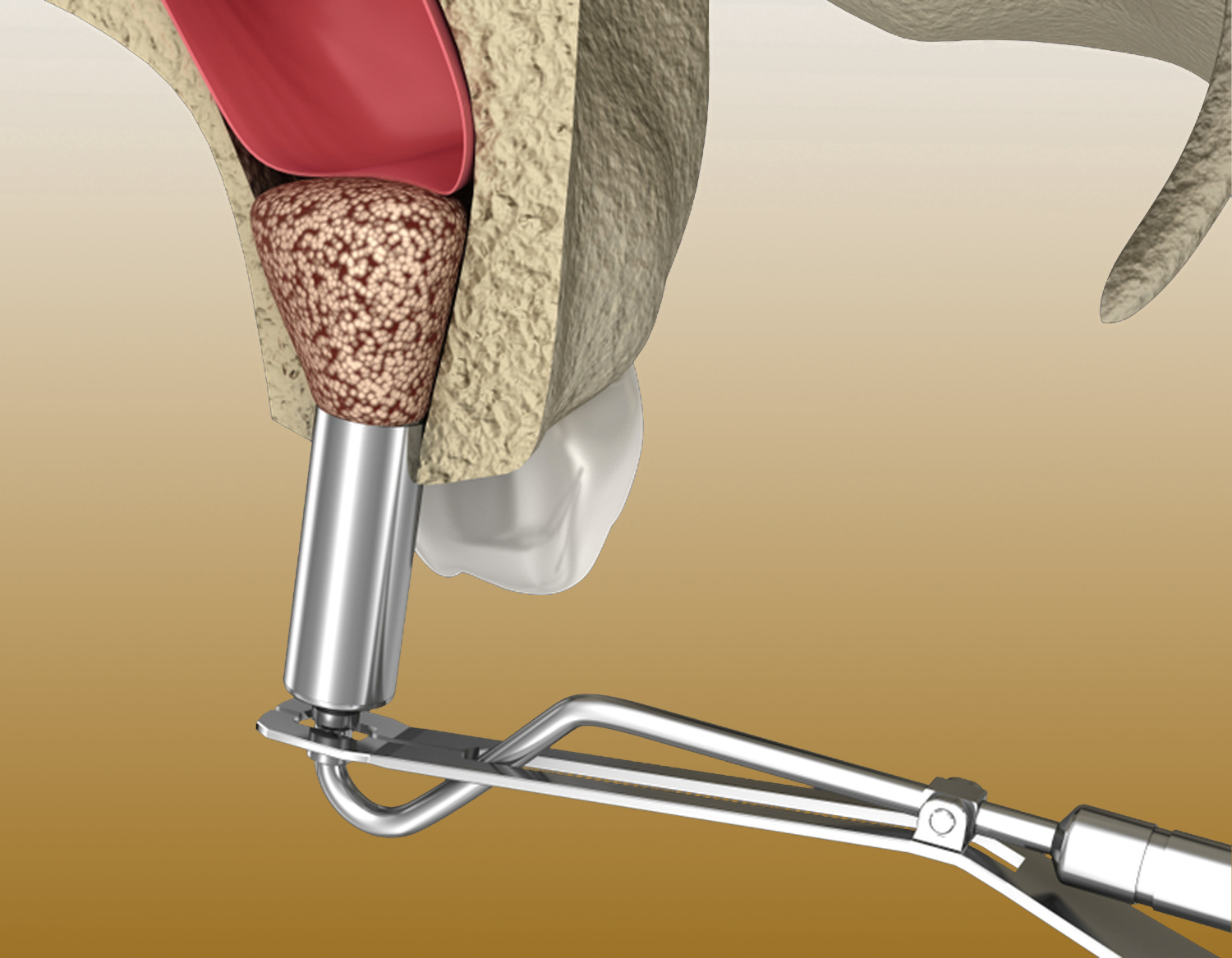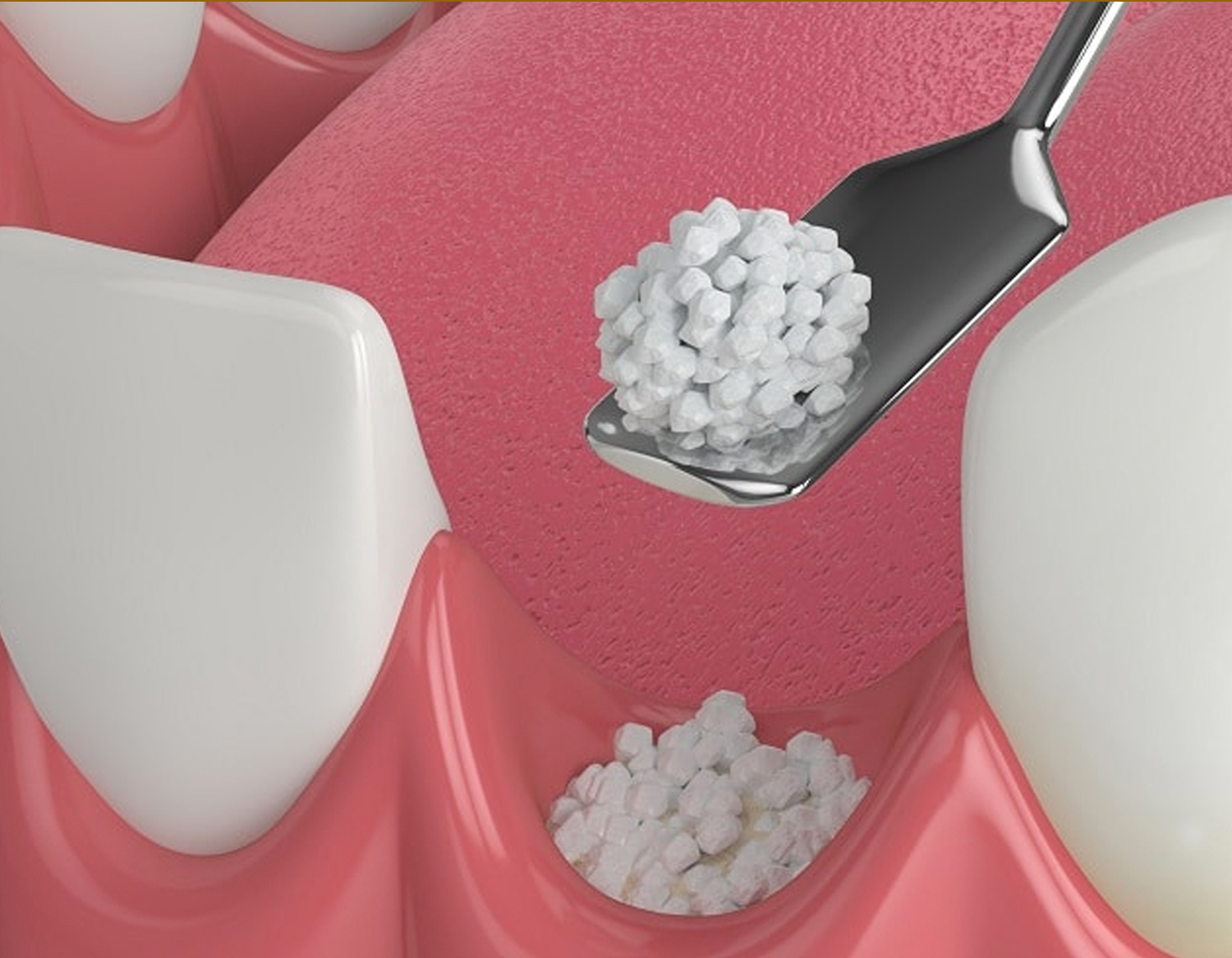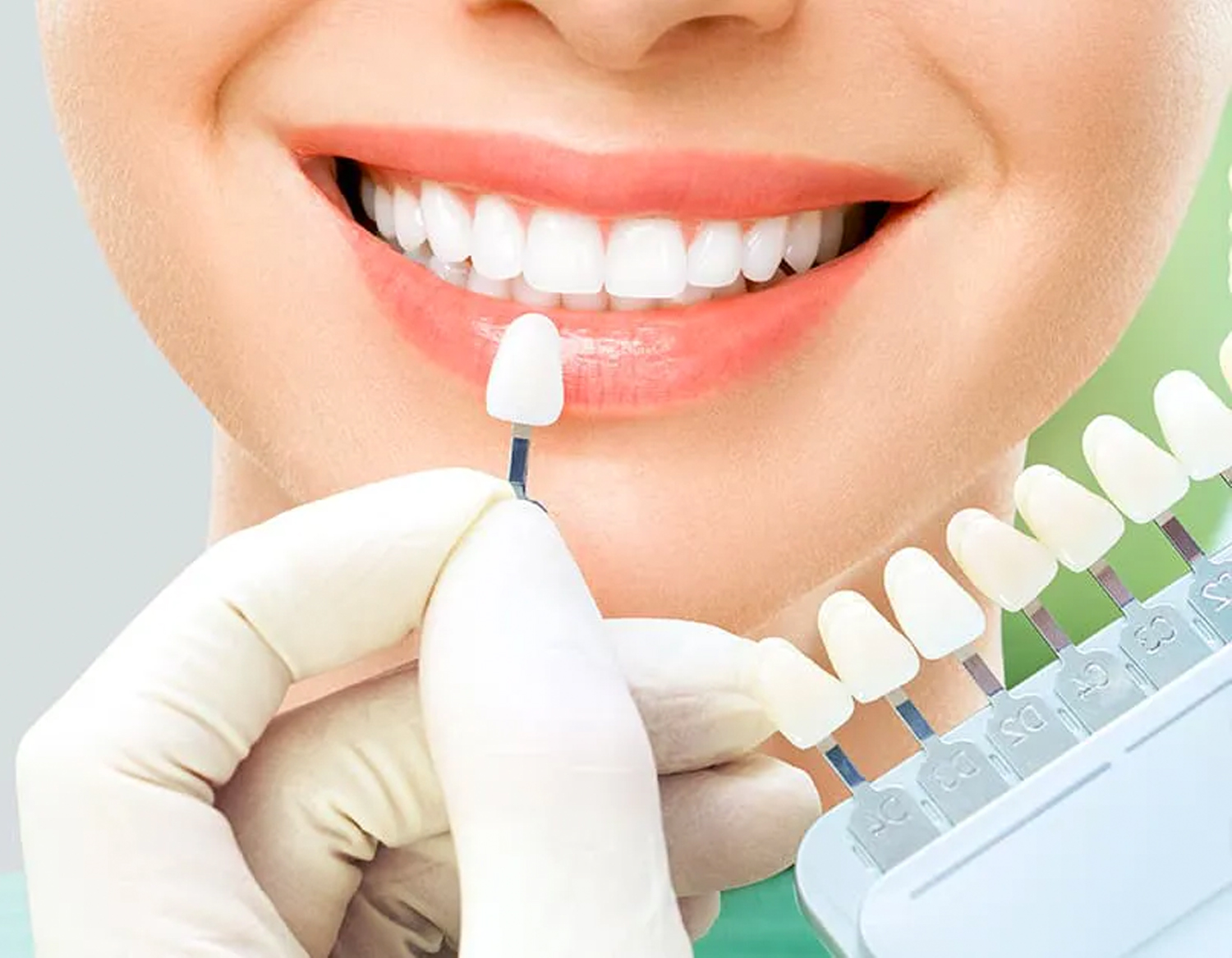Dental crown has long been a solution to restore the shape and function of a damaged tooth. These tooth-shaped caps help restore teeth and improve your smile. With the dental crown service at Ava Dental Clinic, we can help you have a bright smile again in a short time. Read the article below to learn more about our dental crown service.
What is a dental crown?
A dental crown is a restorative procedure that reshapes, resizes, and strengthens teeth that have been broken or worn by decay.
The crown is attached to the tooth with an adhesive. It acts as the outer surface of the tooth, protecting the tooth from damage and helping patients avoid more serious procedures such as extractions or root canals.
What is a dental crown made of?
Crown is usually made from porcelain, ceramic, glass, metal or combined. For example, you could have a porcelain crown that’s fused to metal, as opposed to an all-porcelain crown.

Metal
Meta can be used in crowns including gold, palladium, nickel, and chromium. Metal crowns are a good choice for misaligned molars. They can also withstand the force of biting and chewing.
Metal crowns rarely chip or break, last the longest in terms of wear, and require only the removal of a small number of real teeth. However, the iridescent color and high gold price are the main disadvantages of this type of crown.
Porcelain-fused-to-metal
Porcelain-fused-to-metal crowns have a natural color that matches the color of the tooth next to the crown. Metal fused porcelain crowns can be a good choice for front or back teeth.
However, sometimes the metal under the porcelain cap of the crown shows up as a dark line. The porcelain part of the crown can chip or break and the crown is worn down to the tooth opposite it. This wear on other teeth especially affects the teeth that come into contact with the crown above and below the mouth as it closes.
All-resin crowns
All-resin crowns made from conventional resin are less expensive than other types of crowns. However, they wear down over time and are more prone to breakage than porcelain crowns made from metal.
All-ceramic or all-porcelain
All-ceramic or all-porcelain crowns are a good choice for front and back teeth, especially if the patient is allergic to metal. However, they are not as durable as porcelain-fused-to-metal crowns. They can also wear down opposing teeth in the mouth a little more than metal or resin crowns.
Porcelain ceramic
Porcelain ceramic crowns have a hard inner core, replacing the metal backing used when making all-ceramic crowns. Porcelain crowns are covered with porcelain for natural color and are more long-lasting than an all-porcelain crown.
Stainless steel
Stainless steel crowns are used on permanent teeth primarily as a temporary measure. Crowns protect teeth and fillings while permanent crowns are grown from another material. For children, stainless steel crowns are often used to fit over primary teeth that are already prepared for fitting, covering the entire tooth and protecting the tooth from further decay. When the primary tooth erupts, the crown will naturally come out with it.
In general, stainless steel crowns are used for children’s teeth because they do not require multiple dental visits to perform and are therefore more cost-effective than custom crowns and preventive dental care. room needed to protect teeth without crowns.
There are many factors to choose suitable types of crown for each patient
– The tooth’s location and its function
– The position of the gum tissue
– The amount of tooth that shows when you smile
– How much natural tooth is remaining
– The color or shade of the surrounding teeth
Who is a good candidate for a dental crown?
You may need a dental crown for several reasons, including:
– Covering a broken or decayed tooth when too many root teeth are lost (after root canal treatment).
– Covering and supporting a tooth with a large filling and not much tooth remaining.
– Protecting a weak tooth from breaking or keeping the weak tooth together if parts of it are cracked.
– Having a large cavity that’s too big for a filling.
– Making a cosmetic modification: Improve the appearance of a tooth by covering misaligned, badly shaped or severely discolored teeth.
– Replace the missing tooth with a dental bridge.
How does a dental crown work?
Usually, patients will have two visits to the dentist to prepare for a dental crown:
The first visit to dental crown
During the first visit, the roots of the tooth receiving the crown and surrounding bone will be examined by taking a few X-rays. In addition, the dentist may need to treat the root canal before making a crown if:
– Caries/tooth decay.
– Risk of infection.
– Injury to the tooth’s pulp.
The tooth that is receiving the crown will be angled down on the top and side. This will make space for the crown. The number of teeth to be sharpened depends on the type of crown. All-metal crowns are thinner and don’t require as many teeth to be removed as all-ceramic or metal-fused-ceramic crowns.
If too many teeth are missing – due to damage or decay – fillings can be used to “build up” enough tooth structure for the crown to cover.
After the tooth is reshaped, a paste or putty is used to create a copy (also called an impression) of the tooth that will receive the crown. An impression of the teeth above and below the tooth that is being crowned will also be created. This is done to ensure that the crown will not affect your bite.
The impression is sent to a dental laboratory. The lab makes the crowns and usually returns them to the dentist’s office in two to three weeks. During this initial visit, your dentist will make a temporary crown to cover and protect the prepared tooth while you wait for the permanent crown to be restored.
The second visit to dental crown
At the second visit, a permanent crown is placed on the patient’s tooth. First, the temporary crown is removed. The doctor will then examine the permanent crown to make sure the color and fit match the impression’s specifications. If all goes according to plan, a local anesthetic will be used to numb the tooth. The final step is to fix the permanent crown with dental cement.
Advantages of dental crown
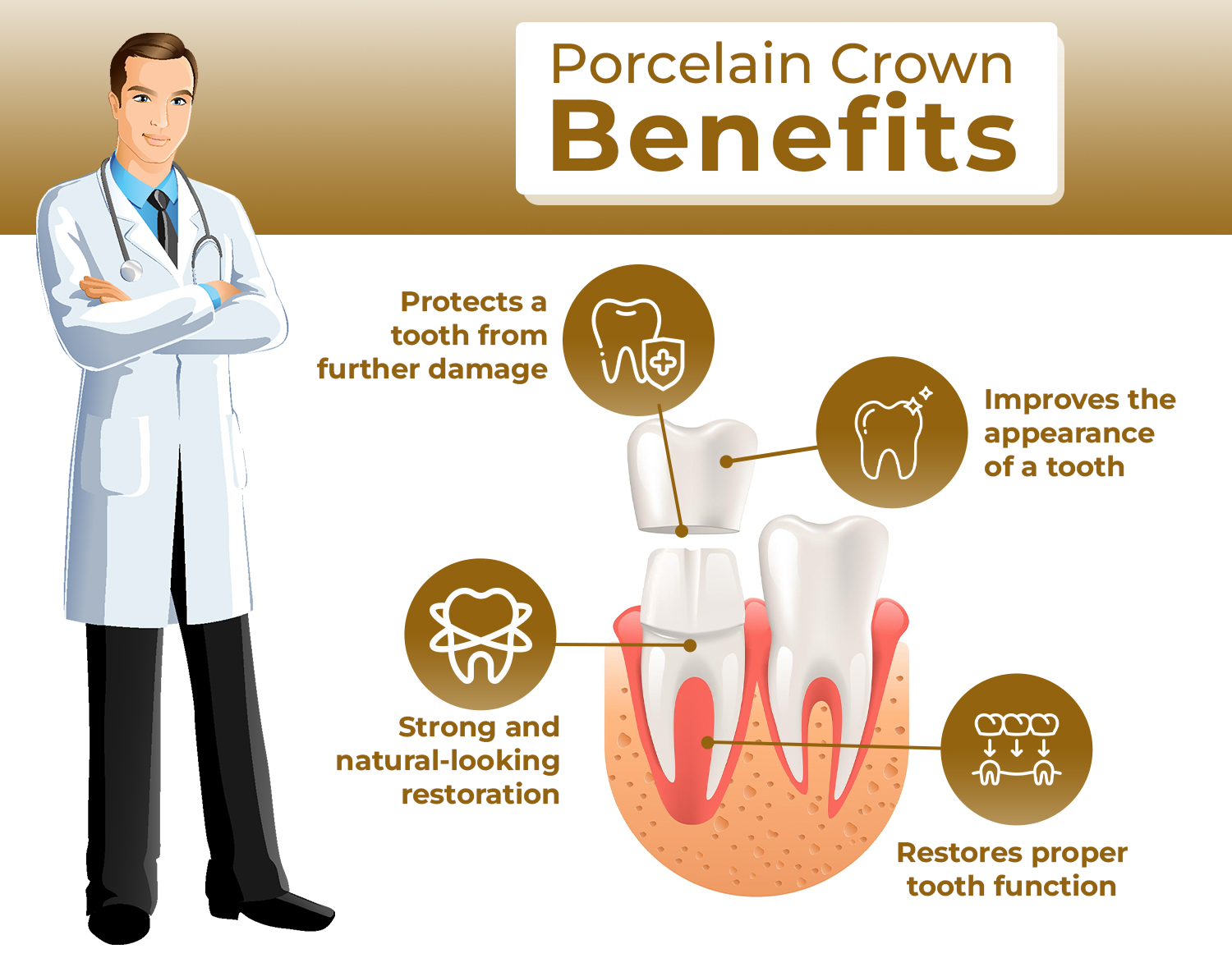
With a dental crown, you can be confident with your smile:
– Protecting teeth that are weak or have been broken.
– Improving the appearance of teeth that are irregularly shaped or stained.
– Crowns are mostly permanent.
Disadvantages of dental crown
Besides the advantages, dental crown has some disadvantages:
– Sometimes, crowns break or fall off because the cement does not hold, or it might be because the tooth under the crown has decayed.
– May be sensitive after the production because the anesthesia begins to wear off.
– Allergic reaction because the material of the crown is made from a mixture of metals but this is extremely rare.
– Dark lines on the teeth next to the gum line, especially if you have a porcelain-fused-to-metal crown. Your dentist may have to replace the crown with an all-ceramic or all-porcelain.
How much does a dental crown cost?
At Ava Dental Clinic, the cost of dental crown service varies depending on the types of crown selected. Generally, it can range in cost from $75 to $625.
Learn more about dental crown service fees here.

Contact to the hotline: 0868.134.138 – 0346.134.138
Or save the contact information on the appointment online form to request our dental crown service appointment.
>>>>> View more: Ava Dental Clinic Fanpage

